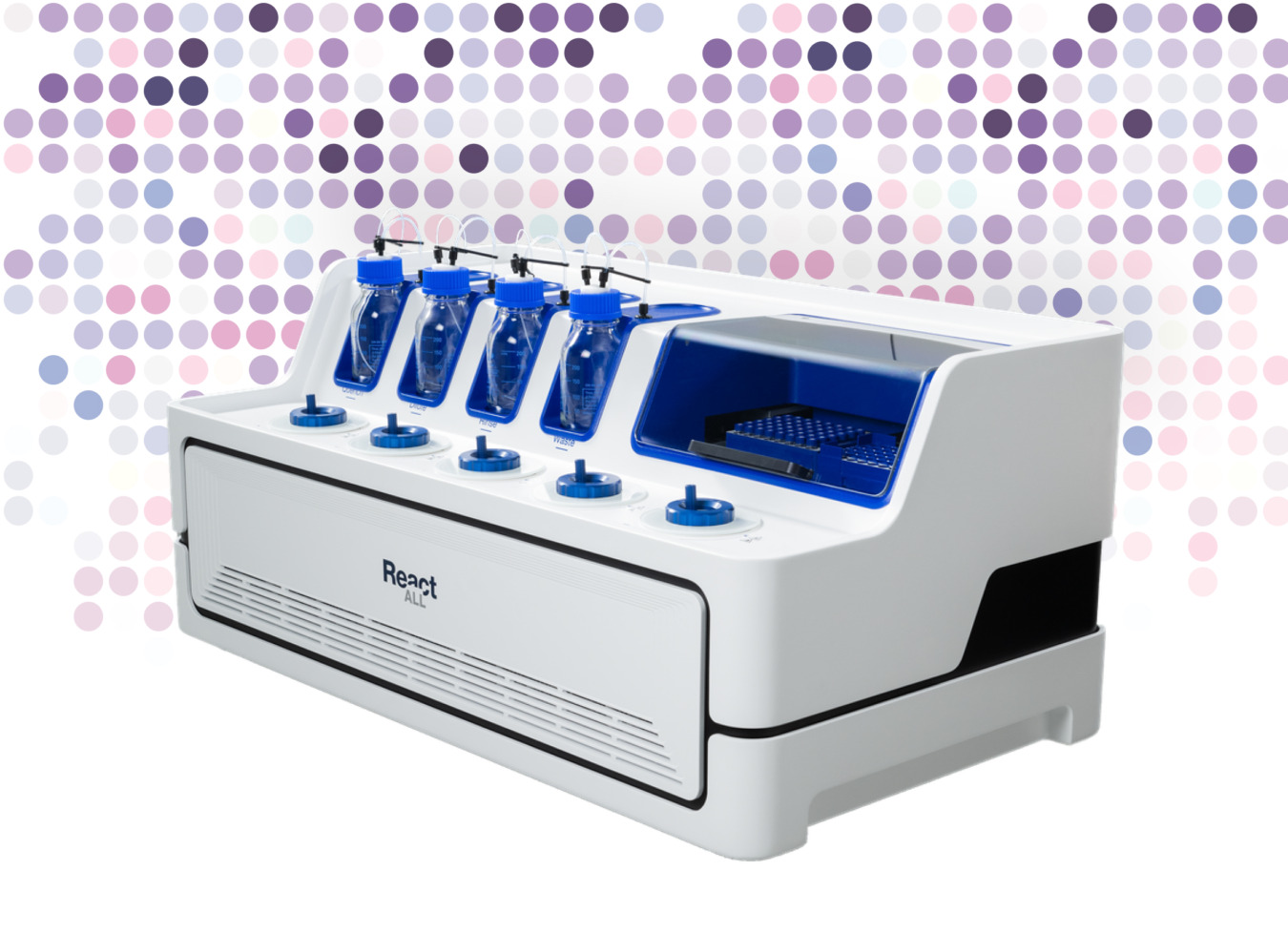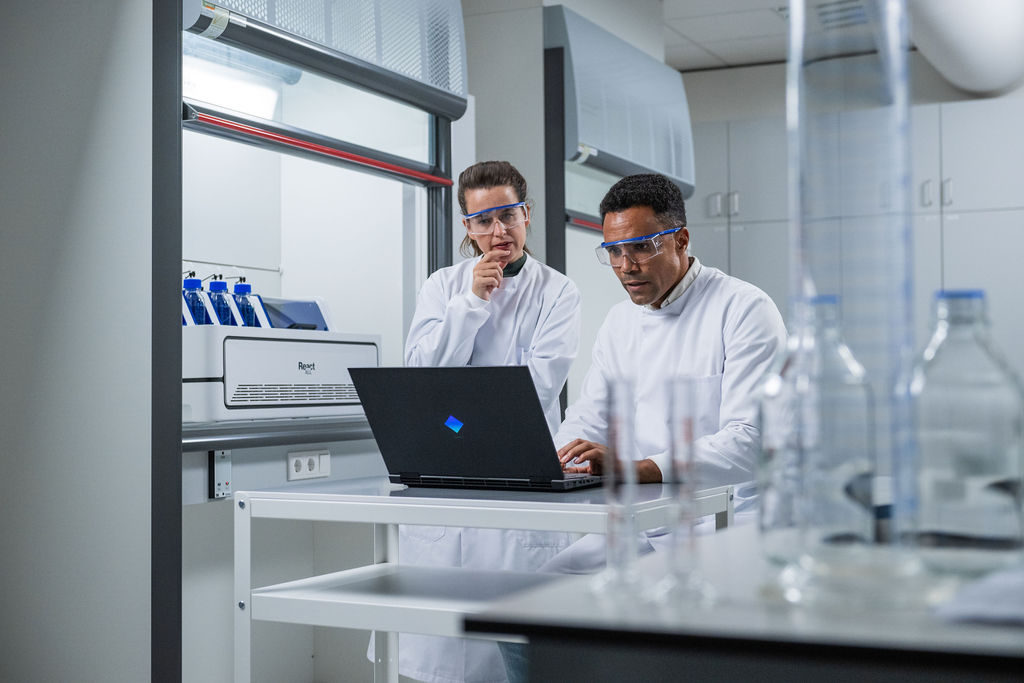
ReactALL
The future of reaction screening
Reaction profiling is crucial for gathering qualitative observations during reaction screening, as well as for quantitative kinetics modeling. With ReactALL, you can obtain an accurate reaction profiling and kinetics modeling, thanks to its automated HPLC sampling and integrated cameras for particle size and shape analysis.
Reaction profiling is valuable for both qualitative observations and quantitative kinetics modeling.
Qualitative observations are key to reaction screening (by finding good reactions which were initially run under the wrong conditions, i.e. correcting false negatives) and reaction optimization (finding the best conditions for not only high yield and selectivity, but also robust conditions where the peak yield and selectivity are a stable plateau with respect to reaction time and conditions). Profiling can also show reaction stalling or induction periods, reaction intermediates, and any product decomposition.
Reaction profiling is also extremely valuable for reaction kinetics and quantitative modeling by providing mechanistic understanding for reaction optimization, and reaction modeling to extrapolate from measured reaction conditions to a broader hypothetical reaction space including reaction parameters and scales which have not been studied experimentally (thus saving time and resources). Much richer models can be created from reaction profiles (e.g. from HPLC) than from just reaction end point data. Modeling the formation of impurities (detectable by HPLC) is especially important because the mechanisms which form trace species may be complex and unintuitive and the control of impurities is very important for pharmaceutical synthesis.

ReactALL can provide both qualitative observations and quantitative kinetics modeling, thanks to its automated sampling for HPLC and integrated cameras for studying particle size and shape.
Furthermore, chemists can study reaction profiling details (such as reaction stalling or induction periods, intermediates, and product decomposition) five at a time using the instrument's five separate reactor chambers with independent temperature control.
Last but not least, when it comes to reaction kinetis and quantitative modeling, ReactALL offers the particular advantage of relating reaction concentration profiles (from HPLC) with reaction texture and particle characteristic profiles (from the integrated cameras) to model and understand key but otherwise hard to see effects.
Download the product sheet of ReactALL to explore the instrument's technical features and applications in chemical process research and development.